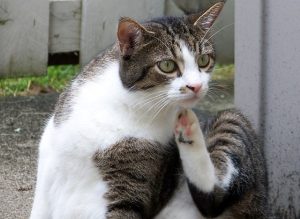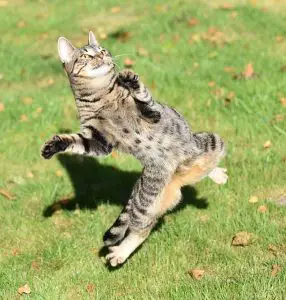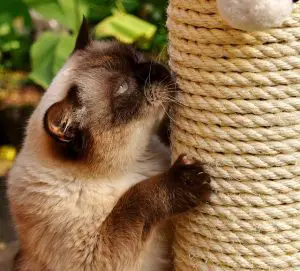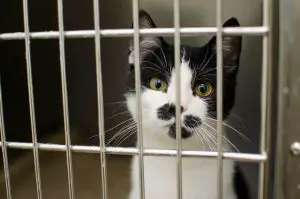
Understanding the Whiskers: Unveiling the Secrets of Playful Cat Behavior
Cat lovers worldwide all agree; there’s something utterly enchanting about a cat’s playful behavior. However, not many understand the intimate connection between their behavior and their whiskers. This article aims to unravel the fascinating secrets behind playful cat behavior and the deep-seated role their whiskers play in it.
The Importance of Whiskers in Cat Behaviour
Cats’ whiskers, scientifically referred to as vibrissae, are deeply rooted in their facial muscles and tied to their nervous systems. They serve as mood barometers and navigational aids, providing cats with critical sensory data. Any change in a cat’s mood or environment will invariably reflect on their whiskers, making them integral to unraveling the secrets behind playful cat behavior.
Whiskers as Navigational Aids
A cat’s whiskers are roughly as wide as its body. As such, they’re instrumental in gauging whether they can fit through certain spaces. When your cat engages in playful behavior, like darting in and out of boxes, it’s their whiskers guiding their path, helping them navigate even in darkness.
Whiskers Reflect Mood
Feline experts also recognize whiskers as indicators of a cat’s mood. Relaxed and forward-facing whiskers often indicate that your cat is content and succumbing to playfulness. Conversely, pinned back whiskers typically signal fear or aggression. Observing whisker position can provide valuable insights into your cat’s mindset.
Playful Cat Behavior: Your Cat’s Whiskers in Action
Let’s delve into various forms of playful behavior in cats and how their whiskers play a pivotal role.
The “Pounce”-whisker Connection
One of the most common forms of playful behavior in cats is the infamous pounce. Prior to leaping onto their ‘prey,’ whether that be your foot or a stuffed toy, a cat will usually twitch its whiskers. This is because their whiskers serve as rangefinders, enabling them to correctly judge the distance and timing for the perfect pounce.
Whisker Communications during Play
When engaged in play, cats often use their whiskers to communicate with other cats. A typical example is during a mock fight where cats’ whiskers become bristling and spread out. This signals an invitation to engage in a friendly brawl, enhancing their playful interaction.
Final Thoughts
Whether it’s enjoying a solo play session or interacting with other felines, a cat’s whiskers are always actively involved in the process. By observing and understanding the role whiskers play in your cat’s playful behavior, you can deepen your bond and ensure they’re having a whisker-tastic time! Remember, a happy, playful cat signifies a healthy, cherished feline.
About the Author
With more than a decade of experience in Search Engine Optimization (SEO) and content creation, our resident cat lover and SEO expert examines the fascinating world of felines. Join us as we unravel the captivating mysteries behind cat behavior and their captivating whiskers.







